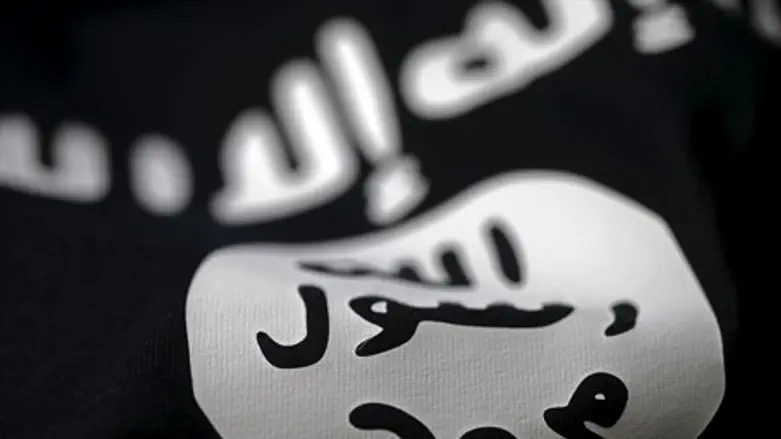
The Islamic State (ISIS) remains the greatest worldwide terrorist threat, while Iran is still the leading state sponsor of terrorism, the State Department’s annual report finds.
The U.S. said in the report, released Thursday and quoted by The Associated Press, that the number of global terrorist attacks declined slightly between 2014 and 2015, although ISIS expanded its reach.
Iran remained the leading state sponsor of terrorism despite sealing a nuclear deal with world powers, the annual survey says.
The State Department reported a 13 percent decrease in attacks in 2015 from the year before -- the first such decline since 2012 -- but said the threat from extremists keeps evolving as groups exploit lawlessness in ungoverned areas and seize on corruption to recruit members.
"The global terrorist threat continued to evolve rapidly in 2015, becoming increasingly decentralized and diffuse," the report says, according to AP. "Terrorist groups continued to exploit an absence of credible and effective state institutions, where avenues for free and peaceful expression of opinion were blocked, justice systems lacked credibility, and where security force abuses and government corruption went unchecked."
Statistics compiled for the report by researchers from the National Consortium for the Study of Terrorism and Responses to Terrorism showed that there were 11,774 attacks that resulted in 28,328 deaths in 2015, compared with 13,463 attacks in 2014 that killed 32,727 people.
Of those killed in 2015, 19 were private American citizens, compared with 24 in 2014.
The report attributed the decline to fewer attacks and deaths in Iraq, Pakistan and Nigeria but noted that attacks increased in number between 2014 and 2015 in Afghanistan, Bangladesh, Egypt, the Philippines, Syria and Turkey.
The report also found that while ISIS’s control of territory in Iraq and Syria ebbed toward the end of 2015, it remained the greatest worldwide terrorist threat with a "formidable force" of fighters in those two countries.
It also noted that ISIS followers also carried out deadly attacks in Turkey, France and Lebanon, demonstrating international capability.
ISIS is not the only problem, the report found, as Al-Qaeda and affiliates remain active in Afghanistan, Pakistan and parts of west and north Africa.
In East Africa, the report noted that the Somali group Al-Shabaab remained a serious threat in 2015 not only in Somalia but in neighboring Kenya where the group attacked a university in April, killing nearly 150 people.
Along with Afghanistan, Pakistan, Iraq, the Sinai, Somalia and Syria, the report designated Libya, the southern Philippines, the Sahara, Yemen and portions of Colombia and Venezuela as "terrorist safe havens" where groups are able to operate with relative ease due to poor or inadequate governance, noted AP.
As for Iran, the report once again identified the Islamic Republic as the world's "foremost state sponsor of terrorism in 2015" through its provision of financial support, training and equipping of groups such as Hezbollah, as well as the government of Syrian President Bashar Al-Assad.
Hezbollah has actively helped Assad’s troops in the war against rebels trying to topple him, but Iran denies it ever sent the group to fight in Syria.
Although it achieved a diplomatic resolution to concerns over its nuclear program, Iran in 2015 continued to use the Quds Force of its Islamic Revolutionary Guard Corps to implement foreign policy goals, which include creating instability throughout the Middle East, according to the report.
In addition to arming the Hezbollah and the Assad government, it also provided weapons and other assistance to militants in Bahrain and remained active in supporting anti-Israel groups such as Hamas, the report said, according to AP.
